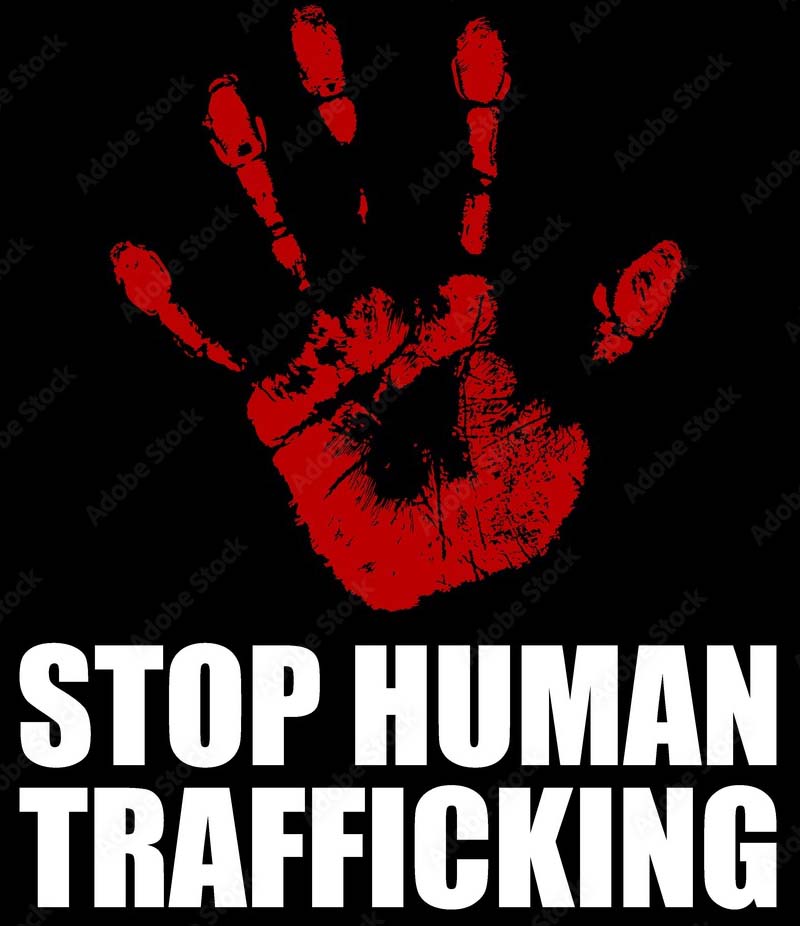
Human trafficking is a global issue involving the exploitation of adults and children using force, fraud, or coercion to gain compliance for various forms of labor or commercial sex. Victims are subject to inhumane conditions, stripping them of their health and dignity.
Poverty, lack of education, political instability and corruption in their country of origin, and a demand for cheap labor and sexual services are often key drivers.
Forensic facial imaging can play an important role in disrupting human trafficking at a local level. Using advanced technology like facial recognition, tattoo software, facial comparison and analysis, and facial composites to identify victims, street pimps, and traffickers alike, law enforcement investigators and task force members can rescue victims of human trafficking and put them on the road to recovery.
Here are some key ways in which forensic facial imaging contributes to identifying human trafficking victims:
- Age Progression and Regression: images to show long-term missing persons who may have been trafficked as children and are now adults.
- Skull/Face Overlay: Forensic experts can compare a 3d scan of a skull and overlay the image on top of a 2d photograph. Opacity and other image positioning tools are available.
- Facial Reconstruction: When unknown and skeletal remains are found, forensic experts can use facial reconstruction techniques to create a likeness of the individual.
- Composite Sketches: When information about a pimp or trafficker’s appearance is available, a composite sketch can be created based on witness descriptions.
By leveraging these techniques, forensic facial imaging can significantly enhance the ability to identify and rescue human trafficking victims, bringing them closer to safety and justice.
Please contact us if you have any questions or require case assistance.
